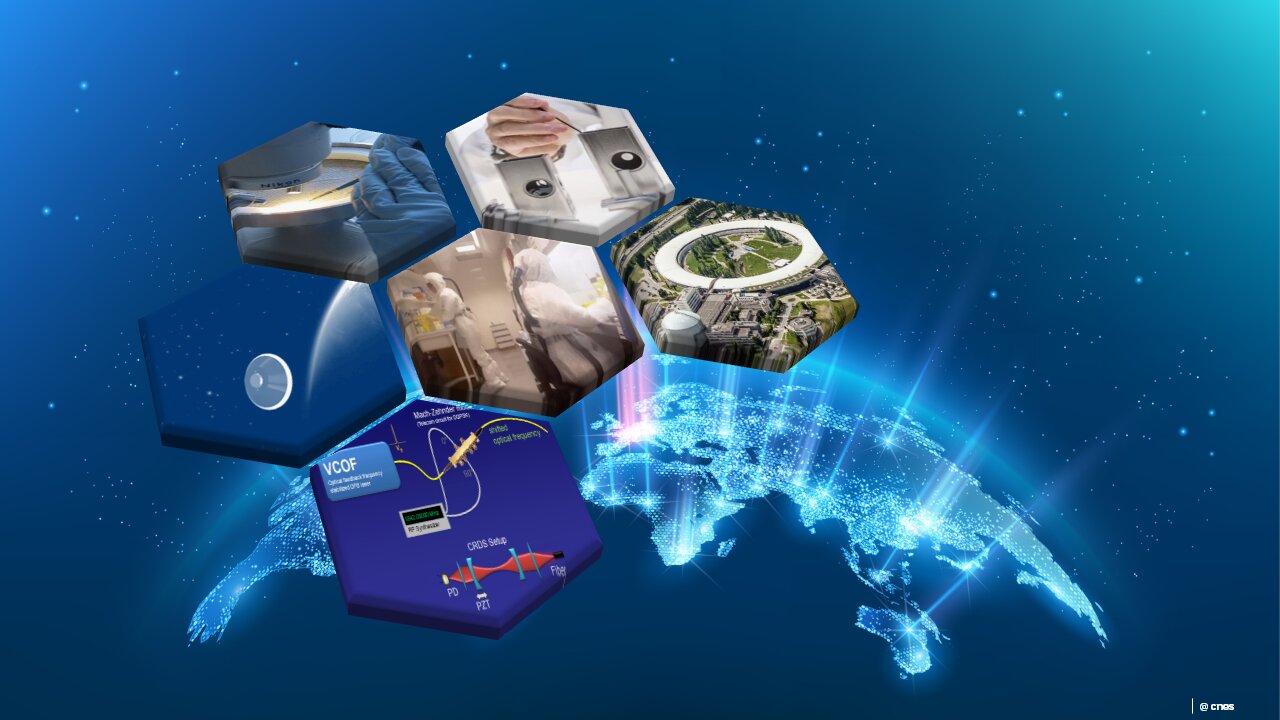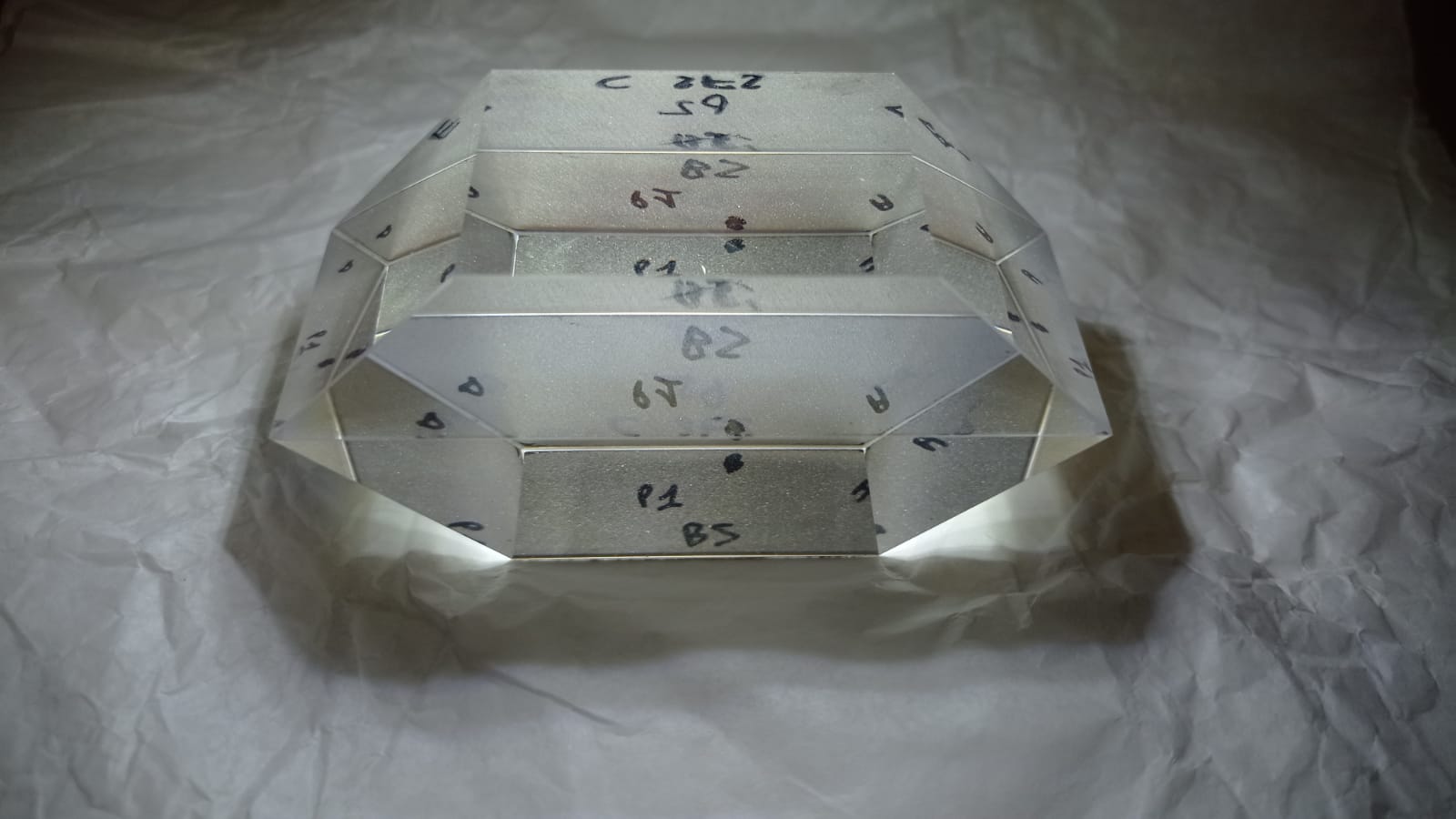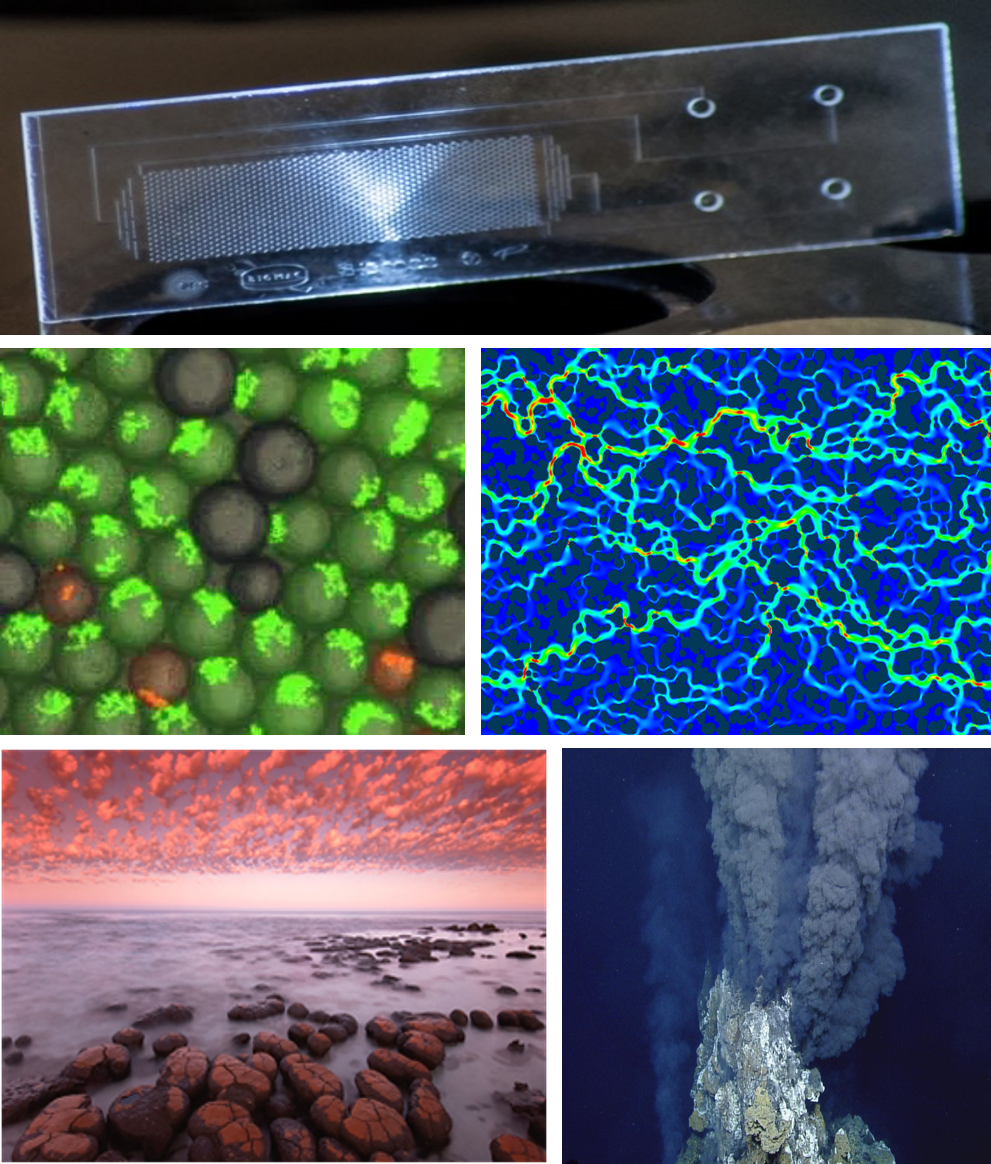
Compact single-mode spectrometers for exoplanet characterization
Compact single-mode spectrometers for exoplanet characterization
OVERVIEW
We are exploring the performance gains achievable with new single-mode spectrometer concepts, essential for characterizing exoplanets.
David MOUILLET, Alexis CARLOTTI, Guillermo MARTIN – UGA/IPAG
Frantz MARTINACHE – OCA/Lagrange
Benoît NEICHEL, Arthur VIGAN – CNRS/LAM
Direct detection of exoplanets has made great strides over the past 15 years. The experience we’ve gained has stimulated and nurtured new avenues of development, particularly within the PEPR Origins program, with the aim of improving contrast to the point of being able to detect planets in temperate zones, likely to harbor life. Spectral characterization is essential for understanding the physico-chemical conditions of exoplanetary atmospheres.
To achieve this, the instrumental challenge is to combine high spectral resolution, wide spectral range and high transmission, while maintaining a manageable cost and footprint. Existing spectrometer concepts have difficulty in being extrapolated to very large telescopes, and offer significant scope for progress by benefiting from the image quality necessarily provided by high-contrast imaging in this context: exoplanet characterization can therefore be optimized for the case of a diffraction-limited source, and opens the way to compact spectrometers fed by single-mode fibers, enabling significant improvements to be fully exploited.
Our project identifies three innovative concepts for such compact single-mode spectrometers, made possible by recent technological advances. In all three cases, project members have developed prototypes confirming the very promising performance levels available.
The aim of our project is to bring these concepts to a significant technological maturity. This includes the development of improved components to explore the limits of achievable performance, on parameters identified as critical to the astrophysical objective. These performances will be tested in the laboratory, and then under realistic conditions on telescopes, so as to provide a comparative and quantitative analysis of their complementarity in different applications.
The level of maturity targeted will enable us to make solid predictions of achievable performance for spectrometers on-board instruments for the community on large telescopes such as the future European telescope ELT, and to have the convincing elements to propose the most suitable concept needed to characterize exoplanets. The knowledge and know-how acquired will also enable us to revisit possible applications outside the field of astronomy, with all the advantages of a small footprint, moderate cost, and an extended range of instrument parameters.
To develop
Our researchs
3 innovative concepts reach technological maturity
- Static Fourier Transform Spectrometer (SWIFTS) with high infrared resolution
- Optical chip grating (AWG) adapted from telecom technologies and enhanced for astronomical performance and functionality
- Virtual Fabry-Perot Cavity Array (VIPA) with high resolution and wide spectral range
Application analysis and preparation
- Tests in the laboratory, then under realistic astronomical conditions on telescopes
- Quantitative comparative analysis: performance and complementarity for specific applications
- Performance prediction as part of an overall system analysis of instruments for the community, on large telescopes
- Application opportunities outside astronomy
The Consortium
Université Grenoble-Alpes (IPAG) , Observatoire de la Côte d’Azur (LAGRANGE), CNRS (LAM)
More projects


